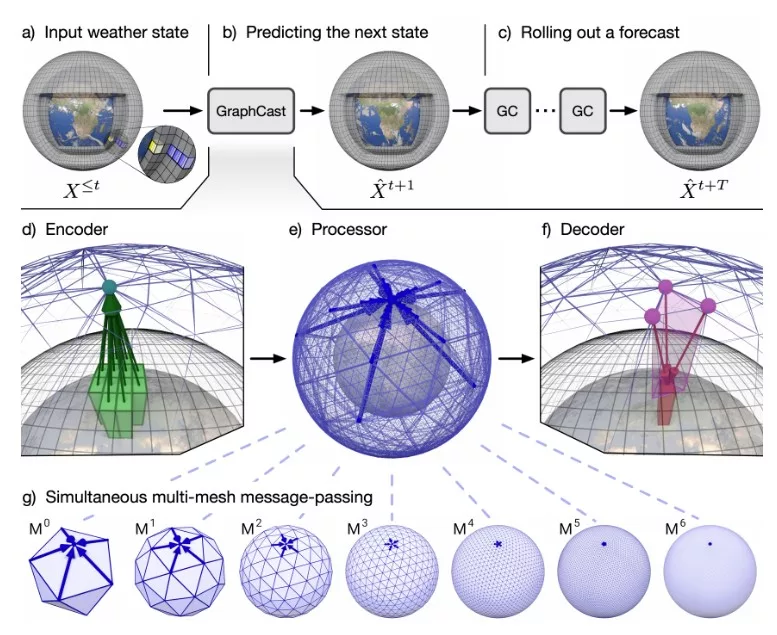New AI models are faster and cheaper than traditional weather forecasting models currently developed and used by governments. Weather forecasting is predominantly about analyzing past forecasts and predicting outcomes or possibilities associated with certain meteorological developments based on vast amounts of data, such as pressure and wind. This is a job that seems to be……
New AI models are faster and cheaper than traditional weather forecasting models currently developed and used by governments. Weather forecasting is predominantly about analyzing past forecasts and predicting outcomes or possibilities associated with certain meteorological developments based on vast amounts of data, such as pressure and wind. This is a job that seems to be cut out for artificial intelligence models and machine learning algorithms.
In an email interview with The Washington Post, Amy McGovern said:
In the last 12 months, we have had a tsunami of demonstrations of different AI methods being used for forecasting across a wide variety of tasks and scales. People are really seeing the power of AI and realizing that it can be used to help forecasts.
Amy McGovern (Director of the AI Institute for Research on Trustworthy AI in Weather, Climate, and Coastal Oceanography, National Science Foundation)
These private-sector AI models are exceeding performance benchmarks against both, the American model and the European model of weather forecasting. They are, however, far from being a preferred tool for weather agencies all over the world.
Arguably, it’s a matter of trust and government support—But it could easily be due to the lack of real-world testing where an AI model’s prediction was significantly superior to a conventional model’s, helping agencies make more informed decisions. Until that happens, adoption can continue to lag.
Though a lot of dependable weather-related predictions are typically made seven days in advance (which used to be three days in advance in the 80s), extreme weather conditions remain to be a problem. These conditions include winter storms, heatwaves, floods, hail, and most importantly, hurricanes and tornadoes. Predicting these or their course is still a major challenge.
New AI models are focusing greatly on solving this challenge.
AI models vs. supercomputers
Notably, AI models are far inferior to supercomputers used to tackle similar issues. Supercomputers actively run simulations using incredible processing power. In contrast, an AI model essentially emulates what meteorologists already do. They just do it very fast.
The process is straightforward. You analyze all past data such as a tornado’s trajectory and compare it with the old prediction. This way, you can find the deviation or error. This approach allows meteorologists to identify problems and course-correct, improving the accuracy of future predictions gradually.
AI models follow the exact same process. They just do it way faster and with remarkably more data.
Most conventional weather forecasting models running on supercomputers take hours to generate forecasts. Without actually doing any complex mathematical calculations between the variables or running countless possible simulations, AI models can come up with their forecasts in minutes on a typical computer.
Current advancements

We’re still far from a well-known and novel AI solution engineered for pure weather forecasting, but we’re getting there. Google DeepMind’s GraphCast is one of the more popular names in this space. In the 2022 paper [PDF] that Google published for the same, the model is 10-30% more accurate than the conventional European model (arXiv is not peer-reviewed, it’s only moderated by specialists).
From a company called Atmo claiming that its ML-based weather forecasting is 10,000X more efficient and affordable than the best (covered by Freethink here) to a startup called Zeus AI that aims to process satellite data in an entirely new way to forecast weather for corporates (covered by PreventionWeb here), there’s certainly a positive shift toward solving one of the world’s biggest problems.

